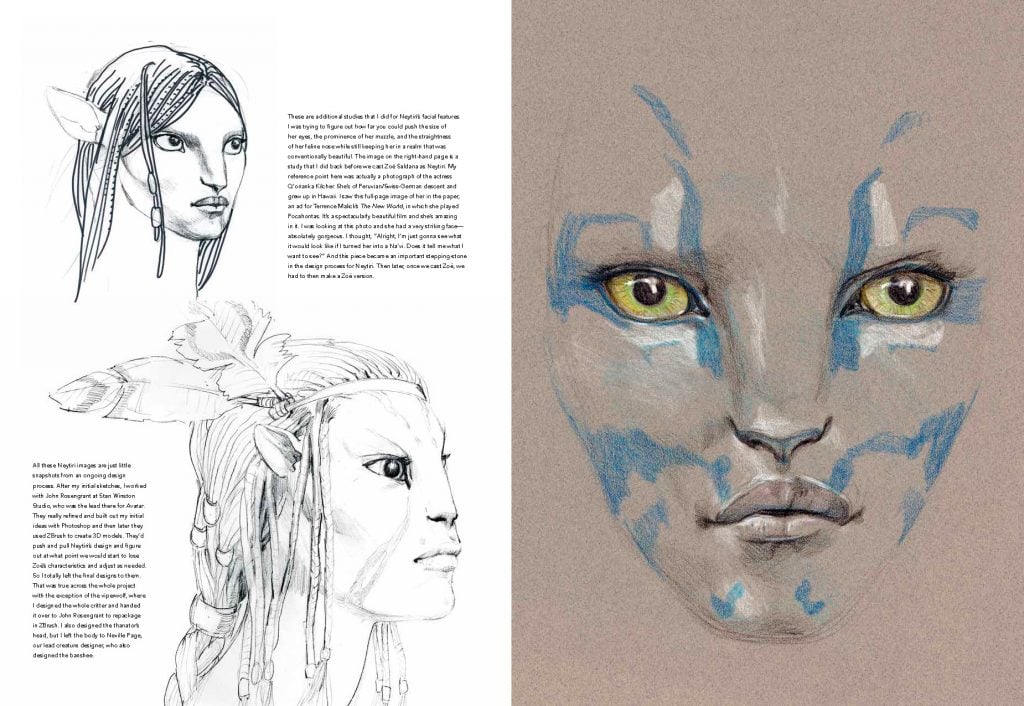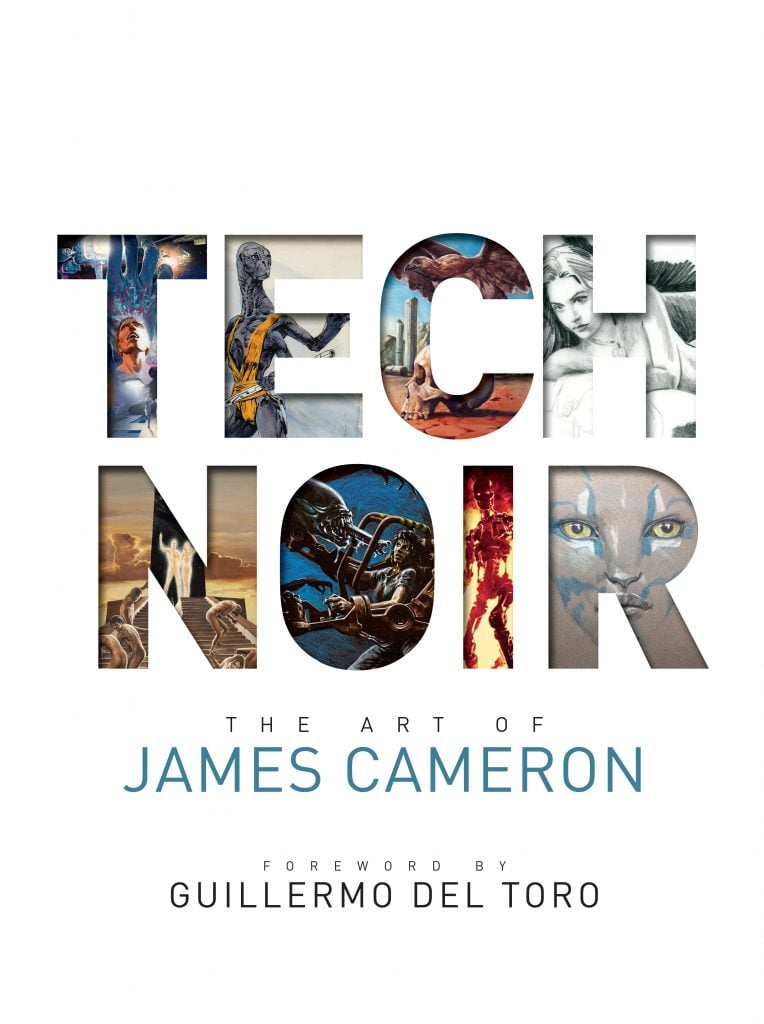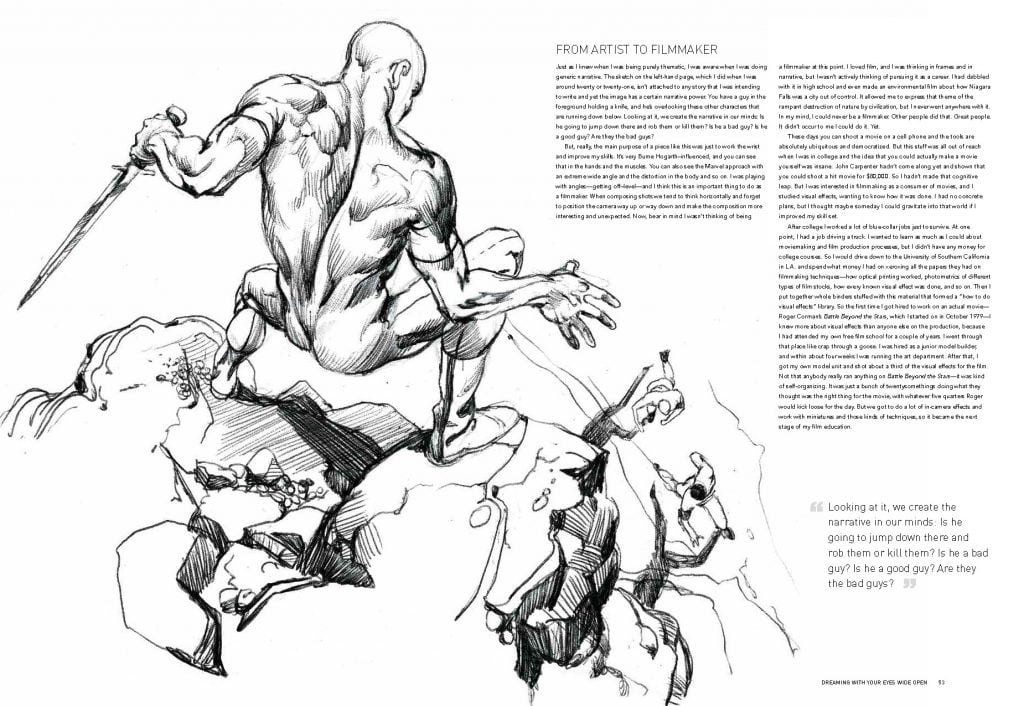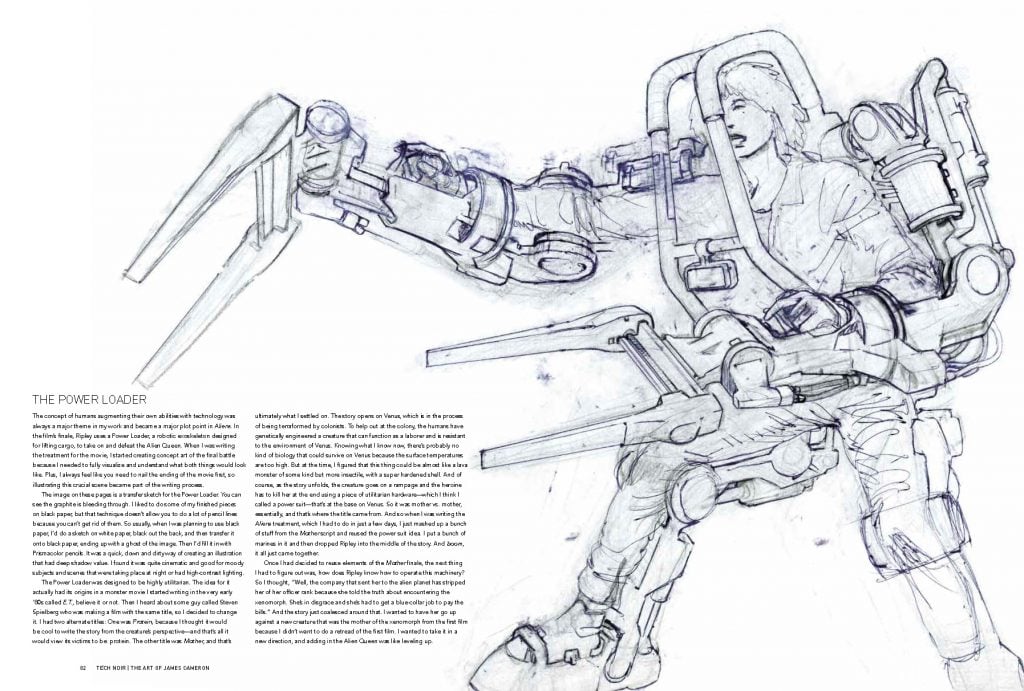Long before the box-office records and billion-dollar budgets, before terminators and xenomorphs entered the cultural lexicon and the Titanic sank a second time, James Cameron was just a kid with a pencil and a pad of paper. It was through those simple tools that many of the memorable monsters and machines we now associate with lavish cinematic spectacle first emerged.
If that’s the somewhat unsurprising revelation at the heart of the new book Tech Noir: The Art of James Cameron, it is a satisfying one all the same, testifying to his unwavering vision. The volume brings together the filmmaker’s vast personal archive of hand-drawn artwork—from the sketches he made as a dreamy adolescent in Ontario to the concept art he made for the Terminator movies—for the first time. Published by Insight Editions, it’s set to hit shelves next month.
“There was a period in my life, from 10 to 25 or 30, where I just never wasn’t drawing,” Cameron told me over the phone this month. He was dialing in from Wellington, New Zealand, where he and a team of more than 1,000 are seeing through post-production on Avatar 2—a more sophisticated, yet fundamentally similar form of world-building to his first love, visual art.
“I was always drawing. I was drawing while I was on the phone. I was drawing when I was in class. And then when I’d get out of class, I’d run home and I’d draw,” he related.
The director doesn’t do as much drawing today, outsourcing most of the work to hired hands while he tends to the larger tableau that is a given film. (He does, however, assign himself a few characters to illustrate on each project.) And yet it’s clear the act of putting pencil to page shaped his process as a filmmaker. “I think there’s something disciplining about drawing things out yourself,” he says. “It forces you to make decisions.” Some of Avatar’s most elaborate creatures, for example, were created with a single stroke of the hand, he explained: “Sometimes, it’s just that wild gesture.”

A spread from the new book Tech Noir: The Art of James Cameron, featuring early illustrations of the Na’vi from Avatar (2009). Courtesy of Insight Editions.
Hundreds of pencil drawings, pastels, and paintings spanning some 50 years make up the 330-page book. Sure enough, they look like they sprang from the mind of Cameron—and not just because they occasionally star the creatures of his films. The themes are all there, too: the techno-colonialism that drives Avatar and Aliens can be found in grade-school sketches of futuristic slave states, for instance; while The Terminator’s cyborgs are presaged by myriad early drawn examples of man transfiguring into machine.
Putting together the book, he said, “was almost like tracing back the threads, all the DNA of ideas that I’m working on right now.
“None of it is new; that’s the crazy thing,” he went on, as if still surprised himself. “The human-machine interface and what it means for us to deal with our own technology, how it harms us, how it empowers us—I feel like I’m dealing with those themes still today.”
Technically speaking, Cameron is a gifted—and self-taught—illustrator. And though he made a living early on by making posters for B-movie exploitation flicks and painting elaborate backdrops for sets, he never trained his sights on an artist’s career.
“That wasn’t me,” he explained, “because I always put storytelling first. What I realized, when I looked back at most of the drawings and paintings, is that they all tell a story in one frame. And I think that I’ve benefited as a filmmaker by that impulse to pack a single image with narrative value.”

Tech Noir: The Art of James Cameron, 2021. Courtesy of Insight Editions.
Cameron generously provides the metanarrative for his artworks, too, in annotations throughout the book that recall how they came to be. Particularly fun are the little digressive anecdotes sprinkled along the way, told as if by an elderly relative thumbing through a family photo album: he remembers watching classic sci-fi flicks with his kids and sitting with actress Kate Winslet to sketch the infamous “draw me like one of your French girls” portrait from Titanic.
“I figured it was time to put all that time I spent doing life drawing to work,” Cameron’s passage on the latter episode reads late in the book. “I was too shy to ask Kate to sit naked for it—it was very early in preproduction and we barely knew each other—so we did a photo shoot, and she wore bra and panties. I joked with her that I was going to have to just make up her nipples, and if they weren’t right, too bad. She said, ‘They’re just normal fucking nipples,’ which is typical Kate.”
In another flashback, Cameron recalls getting into a brutal fistfight with a B-movie director, who had changed a promotional poster he had made on commission. Ever the control freak, Cameron wanted to buy it back, but the director refused, and so the two brawled like Arnold Schwarzenegger and the henchmen of True Lies. (There were no guns, but Cameron did almost hit the man with a chair.) The poster in question? It was a scene of a busty woman having her clothes torn from her body by zombies.

A spread from Tech Noir: The Art of James Cameron, 2021. Courtesy of Insight Editions.
Which brings us to another one of the joys of Tech Noir. For a director famous for controlling every aspect of his films, the book feels like an exercise in letting loose. While some of the sketches—like meticulous renderings of deep-sea beasts and galactic weaponry—scan as being birthed from the fully-formed brain that brought us contemporary sci-fi classics, others are actually a little embarrassing—there are a lot of hormone-charged pictures of chicks wielding weapons, for instance, a lot of buff white dudes geared up to save the day.
Examples like these are a little cringey—Cameron admitted so himself—but also not hard to forgive in the context of his oeuvre. His films, after all, have never been known for reimagining narrative conventions; that was never the point. As with Steven Spielberg and George Lucas, what makes Cameron’s movies special is his ability to manipulate movie magic in a way that reminds us of our youthful pull to these stories in the first place.
Indeed, the fact that the early drawings and later films are so similar reveals something that Cameron fans surely sense, even if they don’t know how to describe it: that, big budgets be damned, Cameron has never lost the fervor and fandom of that kid with a pencil and a sketchpad. As fellow filmmaker Guillermo del Toro writes of Cameron in his foreword to the book, “His creatures and alien landscapes…pulsate with fuel-injected Monster Kid passion.”

A spread from Tech Noir: The Art of James Cameron, 2021. Courtesy of Insight Editions.
It’s for this reason, too, that you’re likely to come away from the book with a newfound appreciation of Avatar, in particular. Regardless of what you thought of the film, you’ll come to see it as a pure synthesis of all the ideas and images Cameron has been chewing on for six decades. The book’s collected works make it crystal clear that a production like the Avatar franchise could only be realized by a director who is both uniquely obsessed and uniquely powerful.
And yet there’s a bittersweet component as well, seeing as how Cameron will be tied up for who knows how many more years on an unprecedented contract to make four more Avatars. If the book leaves you with a deeper respect for the feat of bringing that fictional world to life, it may also leave you wishing he would do the same with others hinted at on the page—or of any other realms that drawing allows him to dream up.











